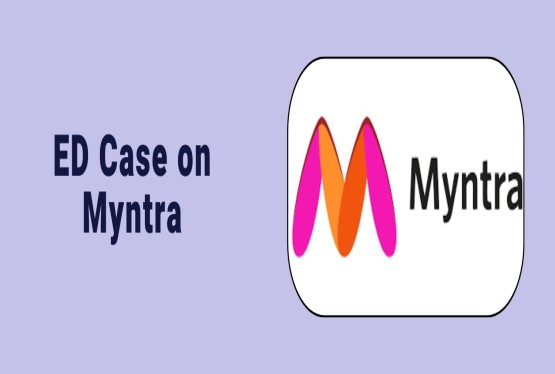The Encumbrance Certificate (EC) in Delhi is an important document that confirms the legal and financial status of a property. It provides a record of all transactions, mortgages, or claims associated with the property, ensuring that it is free from any encumbrances. Whether you're buying, selling, or applying for a home loan, the EC acts as proof of clear ownership and helps prevent future disputes. Issued by the Sub-Registrar’s Office, the Delhi EC has become an essential part of transparent property transactions. This article explores the significance, application process, and benefits of obtaining an Encumbrance Certificate in Delhi.
Purpose for Encumbrance Certificate
Here are some common situations where obtaining an Encumbrance Certificate becomes mandatory:
-
Home Loan Application: Banks require an Encumbrance Certificate to verify that the property offered as security is free from legal dues or mortgages, ensuring a safe asset for sanctioning the home loan.
-
Loan Against Property: When applying for a loan against property, the EC assures the lender that the asset is unencumbered and has a clear financial history, reducing the risk of loan default.
-
Property Purchase or Sale: During a sale or purchase, the EC confirms that the property is free from prior claims, enabling the buyer to proceed confidently without fearing legal complications or hidden liabilities.
-
Legal Proof of Clear Title: The EC serves as official evidence that the property does not have any registered legal issues, loans, or disputes, safeguarding the buyer’s interests during property registration or investment.
-
Verification of Past Transactions: The certificate provides a detailed history of all registered transactions, such as sales, gifts, or mortgages, helping the buyer assess the property’s legitimacy and avoid fraudulent or disputed dealings.
Details Present in the Encumbrance Certificate
An Encumbrance Certificate contains key information about a property’s legal and financial status. The following details are typically included in the certificate:
-
Property Description: Specifies the property's location details like address, plot number, survey number, and boundaries, helping to uniquely identify and verify the property in official land and municipal records.
-
Property Owner Details: Lists the names of current and past owners as per registered documents, ensuring clarity of ownership and enabling buyers to verify if the seller has legal title to the property.
-
Transaction History: Includes a chronological record of all registered transactions—like sales, gifts, or mortgages—on the property, giving insight into past ownership changes and any financial dealings attached to it.
-
Encumbrance Details: Shows if the property is mortgaged, has unpaid loans, or is under any legal claim, helping buyers or lenders assess whether the title is clear and risk-free.
-
Deed Reference Numbers: Mentions registration numbers and dates of associated deeds, allowing legal professionals or buyers to trace and cross-verify the authenticity of previous property transactions.
-
Period of Search: Indicates the timeframe for which the certificate’s details are applicable—commonly 12 to 15 years—helping stakeholders determine the property's legal history during that specific period.
-
Certificate Number and Date: Provides a unique certificate number and issuance date for recordkeeping and official use, ensuring the document’s traceability and authenticity during legal and financial verifications.
Application Charges
The application charges for obtaining an Encumbrance Certificate in Delhi may vary depending on the duration for which the certificate is requested and the mode of application—online or offline. Typically, government-prescribed fees include a nominal service charge and a search fee, which increases with the number of years covered. Additional charges may apply for document scanning, printing, or digital certification. Applicants are advised to check the latest fee structure on the official Delhi registration portal or at the Sub-Registrar’s Office.
Documents Required
To apply for an Encumbrance Certificate in Delhi, the following documents are generally required:
-
Property Details: Includes the property’s address, plot or flat number, and survey number, which helps the Sub-Registrar locate the property in official land records for verification and search purposes.
-
Proof of Property Ownership: Documents like a sale deed or gift deed prove that the applicant has a legitimate interest in the property and enables verification of the property’s transaction history by the authorities.
-
Property Tax Receipt: Shows that municipal taxes are paid and up to date. It strengthens ownership claims and provides an additional reference for identifying the property in government records.
-
Identity Proof of Applicant: Government-issued ID such as Aadhar or PAN confirms the applicant’s identity, helping ensure that the EC is issued only to legally authorized individuals.
-
Application Form: A properly filled EC application form includes essential details like the property address, applicant's name, and the period of search, initiating the formal request for the certificate.
-
Encumbrance Period Details: Specifying the number of years (e.g., last 15 years) allows the Sub-Registrar to search records for that time frame to report any existing encumbrances on the property.
-
Address Proof: A valid document like a utility bill or Aadhaar card that confirms the applicant’s current address, ensuring accurate recordkeeping and communication regarding the issued certificate.
Offline Application Procedure
Below is the stepwise offline process to obtain an Encumbrance Certificate in Delhi. This procedure must be followed at the Sub-Registrar’s Office where the property is registered.
Visit Sub-Registrar’s Office
Visit the Sub-Registrar’s Office where the property is registered to initiate the application. This is the official authority responsible for issuing Encumbrance Certificates based on the property's jurisdiction and records.
Complete Application Form
Fill out the application form accurately with details such as the property address, survey number, applicant’s name, and the required search period. Ensure all information is correct to avoid processing delays.
Attach Required Documents
Attach all necessary self-attested documents, including identity proof, address proof, property ownership papers, and tax receipts. These documents support your application and help the Sub-Registrar verify the property’s legal status.
Pay Application Fees
Pay the prescribed application fee at the Sub-Registrar’s Office, which includes a search fee and service charges. Payment can be made via cash or demand draft, as per official instructions.
Obtain Acknowledgement Receipt
After submitting the form and documents, collect the acknowledgement receipt from the counter. This receipt contains a reference number to track your application and is required when collecting the final certificate.
Collect Encumbrance Certificate
Visit the Sub-Registrar’s Office on the given date with your acknowledgement receipt. Upon verification, collect the Encumbrance Certificate confirming the property's transaction history and legal status for the specified period.
Concerned Authority
The concerned authority for issuing an Encumbrance Certificate in Delhi is the Sub-Registrar’s Office under the Revenue Department of the Government of NCT of Delhi. Each Sub-Registrar is responsible for maintaining property transaction records within their jurisdiction. They verify the ownership history, legal liabilities, and financial encumbrances related to the property. Applicants must apply at the Sub-Registrar’s Office where the property is registered. This authority processes both online and offline applications, conducts a record search for the specified period, and issues the certificate. The Sub-Registrar’s approval ensures the authenticity and legality of the property’s transaction history mentioned in the EC.
Online Application Procedure
The following is the online procedure to apply for an Encumbrance Certificate in Delhi. It offers a convenient way to access property records through the official government portal without visiting the office:
Visit the Official Portal
Access the official website of the Delhi Revenue Department. Locate the Encumbrance Certificate service under property-related options to initiate your online application quickly and conveniently from any location.
Register/Login
Create a new user account or log in using existing credentials on the Delhi Revenue portal. Ensure your profile details are accurate, as they will be used for application and communication purposes.
Fill in Property Details
Enter accurate property details such as address, plot or survey number, and the period for which the Encumbrance Certificate is required. This information helps authorities search relevant transaction records effectively.
Upload Documents
Upload scanned copies of required documents, including property deed, identity proof, address proof, and property tax receipt. Ensure all documents are clear, self-attested, and in the prescribed file format.
Pay Application Fees
Pay the application fee online using net banking, credit/debit card, or UPI. The portal securely processes payment, providing immediate confirmation and enabling your application to proceed for Encumbrance Certificate issuance.
Receive Acknowledgement
After successful submission and payment, receive an acknowledgement receipt with a reference number via SMS or email. This number helps track the status of your Encumbrance Certificate application online.
Download EC
After approval, a notification will be sent via SMS or email. Log in to the official portal, go to the application history, and download the Encumbrance Certificate in a secure PDF format.
Track Application Status
Tracking the status of your Encumbrance Certificate (EC) application in Delhi is a simple and transparent process available through the official Revenue Department portal. Follow the steps outlined below:
Step 1: Visit the Official Portal
Go to the official website of the Delhi Revenue Department or the Sub-Registrar’s portal where the EC application was originally submitted.
Portal Link: https://edistrict.delhigovt.nic.in
Step 2: Login to Your Account
Use your registered login credentials (user ID and password) that you created while submitting the EC application. If you applied via e-District Delhi, log in through that portal.
Step 3: To ‘Track Application Status’
After logging in, go to the “Track Your Application” or “Application Status” section, usually available on the dashboard or main menu of the portal.
Step 4: Enter Application Reference Number
Input the Acknowledgement Number or Application Reference Number received at the time of application submission. Ensure that the number is accurate for correct status retrieval.
Step 5: View Application Status
Once the reference number is submitted, the portal will display real-time updates. Common statuses include:
-
Under Process: Application is being verified
-
Pending for Approval: Awaiting authority’s review
-
Approved: EC is issued and ready for download
-
Rejected: Due to incorrect details or missing documents
Step 6: Download Certificate (if approved)
If the status shows “Approved,” go to the Download Certificate section and save the Encumbrance Certificate as a digitally signed PDF document.
Important Tips:
-
Always save the acknowledgment receipt after applying.
-
Keep checking the portal regularly for updates.
-
In case of delays, you may contact the respective Sub-Registrar’s Office.
Download Approved Certificate
Once your Encumbrance Certificate (EC) application is approved on the Delhi Revenue Department portal, you can easily download it by following these steps:
Step 1: Visit the Official Portal
Access the official Delhi e-District portal and log in using your credentials to enter your personal dashboard and view the status or download of approved applications.
Step 2: Go to ‘Download Certificate’ Section
To the “Download Certificate” or “Issued Documents” section, where all successfully approved and processed applications, including the Encumbrance Certificate, are listed for download.
Step 3: Enter Reference or Acknowledgement Number
Input the reference or acknowledgment number received during application submission. This unique number helps the system fetch the correct certificate issued in your name.
Step 4: View and Download
Click the download link once the certificate appears. The Encumbrance Certificate will be available as a digitally signed PDF, which can be saved, printed, and used for legal or financial purposes.
Note: Ensure your browser allows pop-ups and file downloads. The digital certificate is considered authentic and legally valid, eliminating the need to visit the Sub-Registrar’s office for a hard copy.
Conclusion
Obtaining an Encumbrance Certificate in Delhi is essential for anyone involved in property transactions. It confirms that a property is free from existing legal or financial liabilities and provides a clear history of ownership and transactions. Whether applying for a loan, buying, or selling property, the EC ensures transparency and protects stakeholders from potential risks. With both online and offline application methods available, the process is now more streamlined and accessible. Securing an EC not only ensures legal compliance but also instils confidence in buyers, sellers, and financial institutions involved in the transaction.
If you have any queries regarding Encumbrance Certificate in Delhi, then you can connect with Compliance Calendar LLP experts through email info@ccoffice.in or Call/Whatsapp at +91 9988424211.
FAQs
Q1. How to obtain an encumbrance certificate in Delhi?
Ans. To obtain an Encumbrance Certificate in Delhi, apply online via the e?District portal or offline at the Sub?Registrar’s Office, submitting required documents, paying prescribed fees, and downloading or collecting the approved EC.
Q2. Can we download an EC certificate online?
Ans. Yes, you can download the Encumbrance Certificate online once approved. Simply log in to the Delhi e?District portal, go to your application dashboard, select the approved EC, and download the digitally signed PDF.
Q3. How can I check my EC document online?
Ans. To check your Encumbrance Certificate (EC) online, visit the Delhi e?District portal, log in with your credentials, navigate to “Track Application” or “Issued Documents,” enter your reference number, and view/download the EC.
Q4. How long is an encumbrance certificate valid?
Ans. An Encumbrance Certificate (EC) doesn’t expire—it serves as a legal record of encumbrances for a specified period. It's considered valid indefinitely, but each certificate applies only to the search duration requested.
Q5. What is the document number in an encumbrance certificate?
Ans. The document number in an Encumbrance Certificate refers to the unique registration number assigned to each property transaction, such as a sale or mortgage deed, recorded in the Sub-Registrar’s office.












































































_crop10_thumb.jpg)







_Rules,_2025_learn_crop10_thumb.jpg)








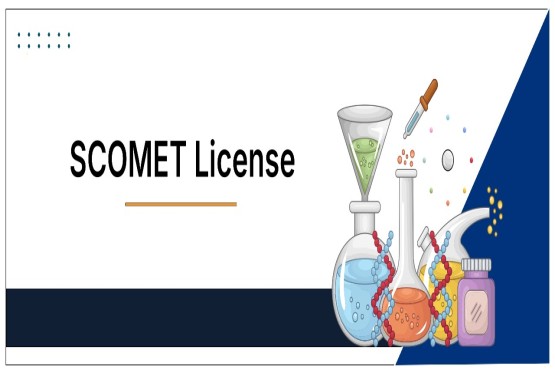



























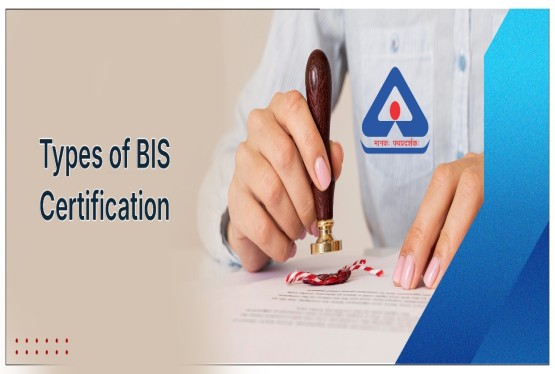

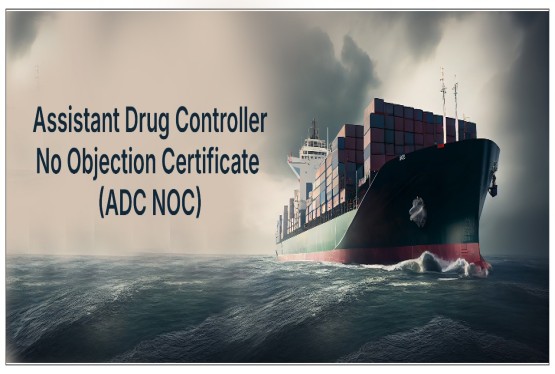






















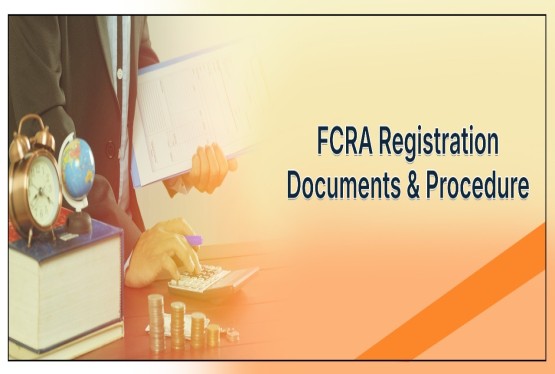


























_crop10_thumb.jpg)








 in BIS FMCS_learn_crop10_thumb.jpg)










_crop10_thumb.jpg)














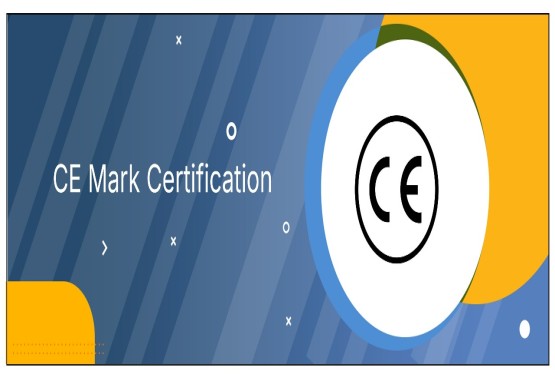
_crop10_thumb.jpg)





_Code C-888_learn_crop10_thumb.jpeg)
_learn_crop10_thumb.jpg)
































































_Certificate_learn_crop10_thumb.jpg)

_Certificate_(1)_crop10_thumb.jpg)

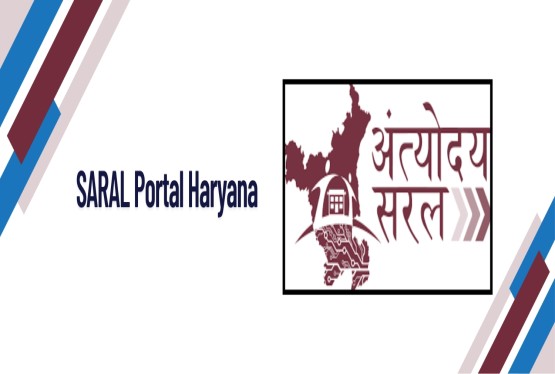




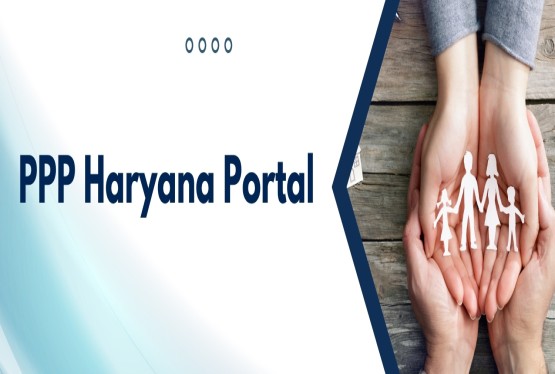








_learn_crop10_thumb.jpg)

_crop10_thumb.jpg)


















_Scheme_learn_crop10_thumb.jpg)


_learn_crop10_thumb.jpg)

